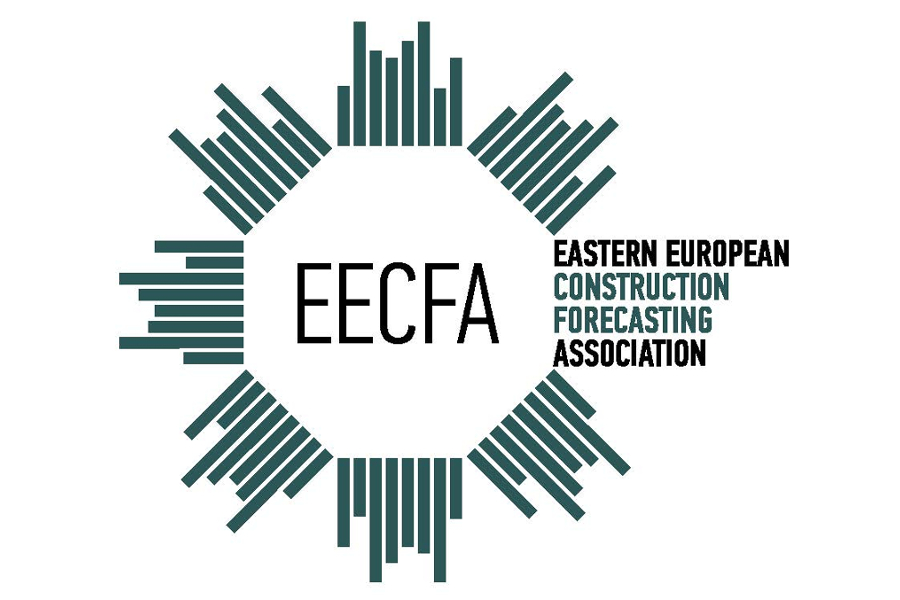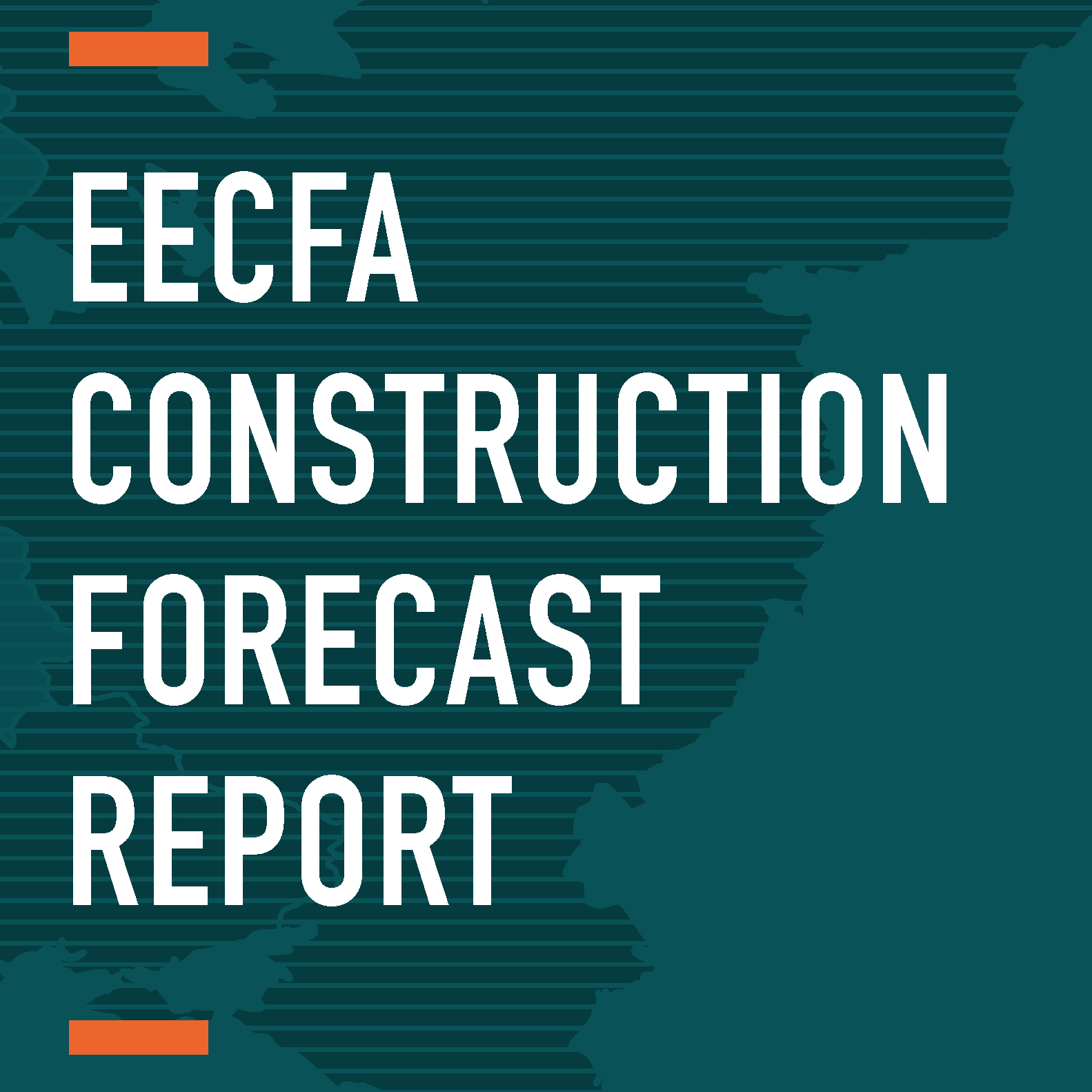Written by Dr. Sebastian Sipos-Gug – Ebuild Srl, EECFA Romania
Construction in Romania is not directly impacted by the conflict in Ukraine, however, there are several issues that would be indirectly made worse by it: construction costs, interest rates and inflation.
Construction costs already grew at a fast rate in 2021 (+25% yearly average over 2020), and even more so in early 2022, with January seeing a 41% increase in costs compared to January 2021. In these circumstances, an increase in energy costs and base materials due to both import difficulties and increases in global prices would lead to even higher costs and discourage investment in new construction. The Romanian economy is not strongly connected to that of Russia, Ukraine or Belarus, with imports from all three countries totaling at less than 5% of all imports into Romania in 2019 and exports to them totaling less than 2.5% of all exports in 2019 (last year unaffected by the pandemic, source: NSI). However, there are some segments where trade intensity is much higher: energy and ores. In 2019, 37% of all mineral fuels and oils and 40% of ores came from one of the three countries. Thus, trade difficulties would negatively impact the availability of fuel and materials and, thus, the price of construction.
Brasov, Romania, 3 March, 2022. Photo by Traian Titilincu on unsplash.com
While construction costs impact supply, the other two issues (interest rates and inflation) work together to negatively impact demand. The National Bank of Romania increased the reference rates to 3%: the 5th raise since September 2021. This will have a knock-on effect on the costs of consumer and new mortgage loans, making them more expensive, at a time when the residential real estate market is highest since 2008 with asking prices for apartments up 20% in March 2022, compared to the same month of 2021 (source: imobiliare.ro). Coupled with record levels of inflation, especially related to fuel, heating and food, this would make financing new home purchases exceedingly difficult, and will push demand down.
Although the non-residential construction market, thanks to the easing of restrictions, was on recovery track, all the previously mentioned factors would hinder recovery. Additionally, the subsector would also have some specific challenges such as global supply chain disruptions due to sanctions, rising energy and transport costs at a time when there is a moderate worker shortage and increased pressure from employees for more remote work options.
When it comes to civil engineering, demand for construction remains high, but the ability of the government to deliver on that demand will be hindered by reductions in the available budget for investment. Increased construction costs make public investment more difficult. The increasing current account deficit, the need for subsidies to counter the effects of inflation and energy costs on the most vulnerable citizens and increased defense spending (to 2.5% of GDP in 2023, from 2% in 2022) are all eroding the public funding available for construction of civil engineering projects. The saving grace of the segment will be the availability of EU funding, however even that will be made less effective by the increases in costs.





